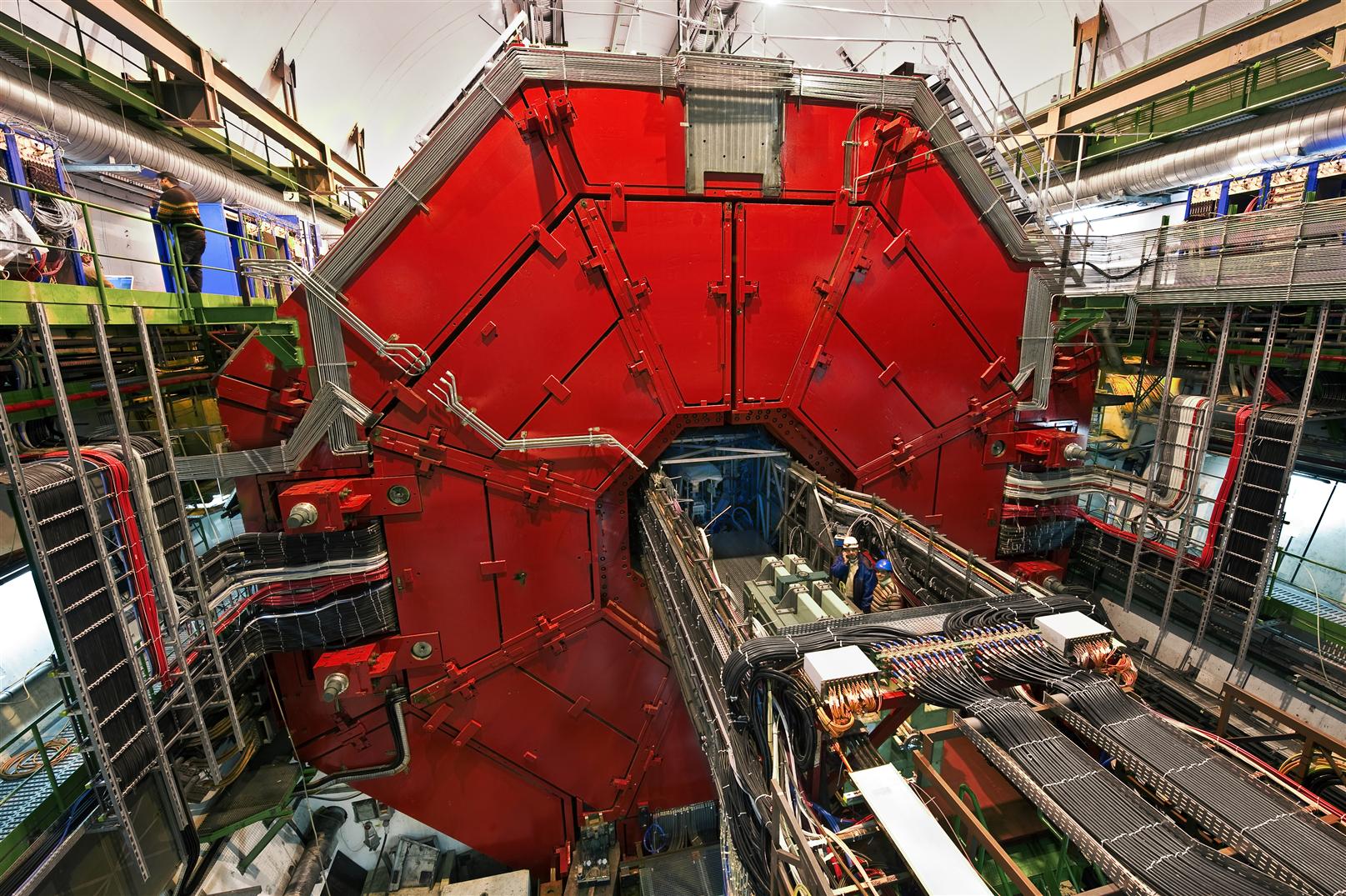
How Particle Accelerators Work: From Linac to Synchrotron
Accelerating particles is a simple concept: an electric field moves a charged particle from one location to another. Since electric fields don’t act on neutral particles (like neutrons), only electrons, protons, ions, and various antiparticles can be accelerated like this.
How much the particle speeds up depends on the strength of the electric field. Over the last century, accelerator design has become more sophisticated to achieve higher-energies, but basic principles remain constant. Where things get really fascinating, however, are the new applications for particle accelerators and beams.
To understand the full picture of accelerator science, we’ll explore not only how modern machines work, but also how they’re used in everyday life.
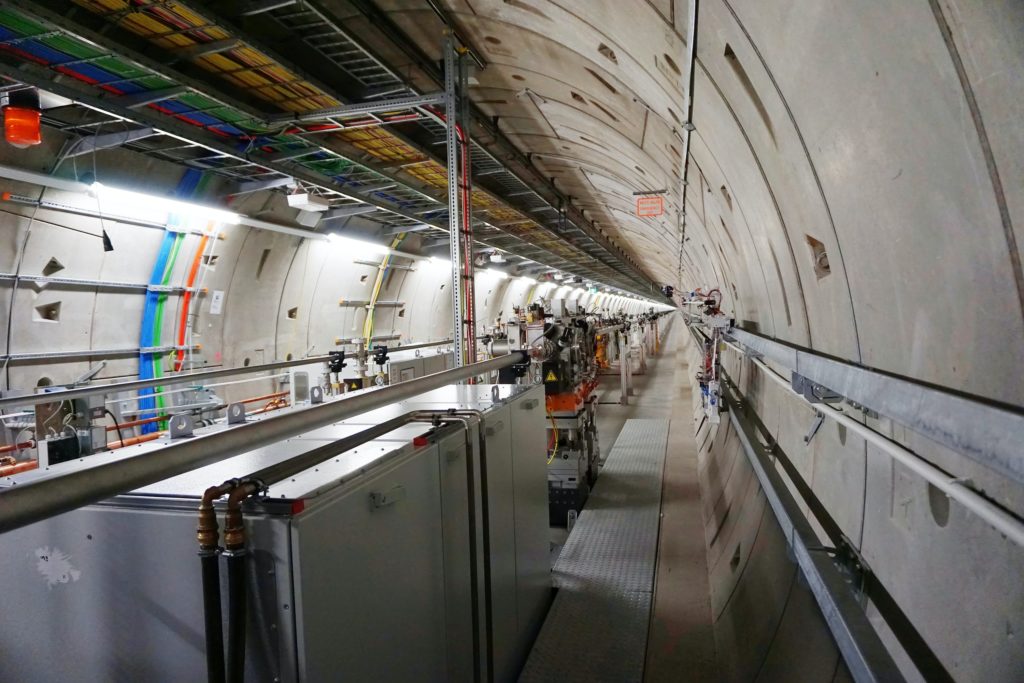
Contents
Why we accelerate particles
More than 30,000 accelerators are in use around the world. The most famous is the Large Hadron Collider (LHC) at CERN. While it’s the world’s largest and most powerful particle accelerator, it’s an exception.
Yes, they’re most well-known for helping scientists explore the foundational building blocks of the universe, but accelerators are also used for cancer therapy, food packaging, materials research, imaging broken bones, archeology, art, and more. They’ve even improved the taste of chocolate and helped to make baby diapers more absorbent.
Before diving into the mechanics and physics of accelerators, let’s explore some of these everyday applications in greater detail.
Particle accelerators applications
Cancer therapy
One of the most practical and impactful uses for particle accelerators is in cancer treatment. Conceived in the 1950s, proton therapy, where a tumor is bombarded with a beam of protons, remains one of the most cutting-edge treatment for cancerous tumors. These charged particles damage the DNA of cancer cells, killing them.
Early model of the linear accelerator developed to treat cancer.
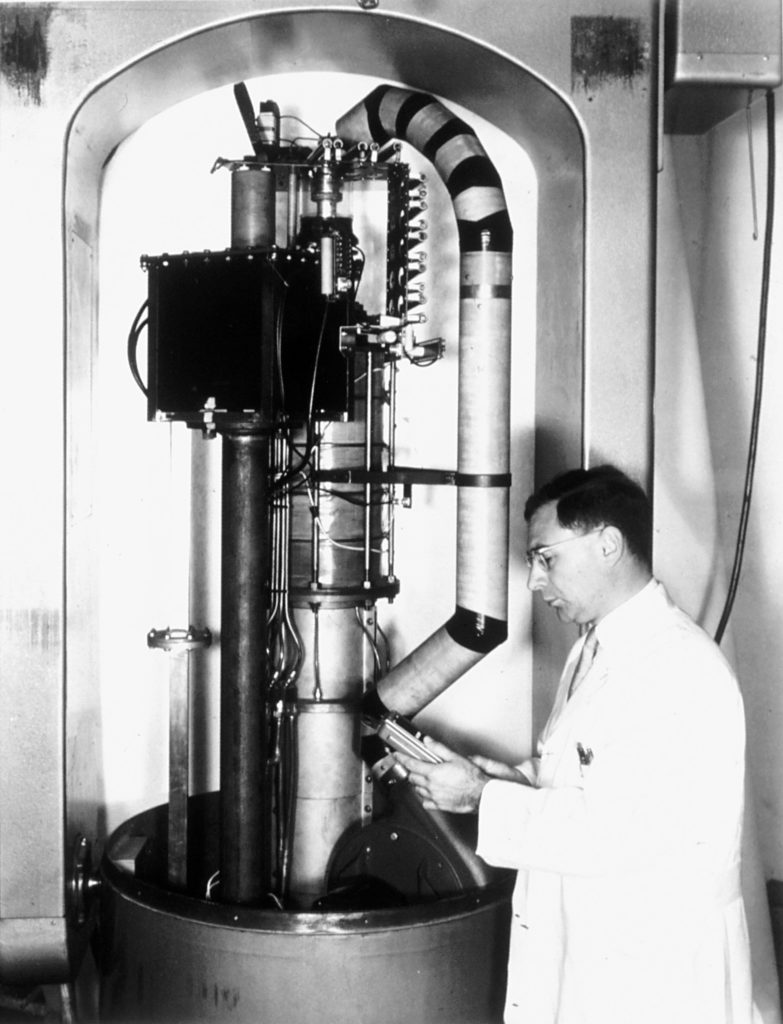
There are advantages to treating with protons over traditional radiation therapies, which attack the tumor with X-rays. Radiation biologist Kathryn Held explained it best in a presentation at the 2014 AAAS meeting: “We could cure a very high percentage of tumors if we could give sufficiently high doses of radiation, but we can’t because of the damage to healthy tissue. That’s the advantage of particles. We can tailor the dose to the tumor and limit the amount of damage in the critical surrounding normal tissues.” Proton beams have a very handy property called the Bragg peak, which means the particles can precisely target tumors and deposit most of their cancer-killing energy in the tumor itself, rather than flowing out through the body and damaging healthy tissue.
Food packaging
Have you ever wondered how a refrigerated Thanksgiving turkey can be so perfectly plastic wrapped? The short answer is, accelerators.
It works like this: shrink wrap is often made of polyethylene plastic. Polymers, a.k.a. the molecules, are strung together like beads on a necklace. The plastic is comprised of many of these necklaces.
When a beam of particles (usually electrons) from an accelerator hits the polymer, it ionizes the material. Ionization allows these necklaces to form new molecular bonds with each other in a phenomenon called “crosslinking.”
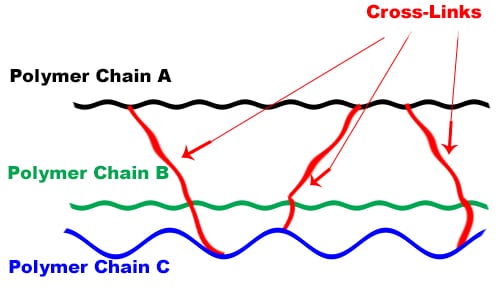
This process makes the plastic much stronger because the molecular structure is now interconnected, like a net.
When crosslinked plastic is heated, it doesn’t melt. This is key because “[w]hen cooled to room temperature, the [crosslinked] plastic retains its expanded shape. Place something inside it, such as a Butterball turkey, and apply heat, and the plastic shrinks back down to its original size, resulting in an air-tight wrapping,” explains Elizabeth Clements in a Symmetry article.
Art and archeology
Priceless works of art pose a unique challenge in identifying their constituent materials, divining their provenance, and understanding how they’re made. Plus, their often delicate and irreplaceable nature requires a nondestructive and, if possible, nonsampling solution.
Enter, accelerators.
For decades, the Centre for Research and Restoration of the Museums of France has used ion beam analysis (IBA) to analyze works of cultural heritage. First introduced in 1957, IBA has become the go-to solution for historians to gain insight into works of art and archeological artifacts.
With their accelerator, AGLAE, the Centre has identified the materials used in drawings of Italian Renaissance artist Pisanello, the pigments on an Egyptian Book of the Dead, and much more.
How particles are accelerated
How can one machine do all of the above? It comes down to electricity and magnetism. While accelerators come in three main types (explained further down), they all require some basic parts to function.
- A source of charged particles
- Electric fields to accelerate those particles
- Magnetic fields to control the particles’ paths
- A vacuum chamber through which the particles travel
- Detectors for measuring particle attributes
Charged particle source
Sources of charged particles can be a gas or even a solid material, like metal. To get the particles themselves, the donor gas or metal is excited and particles are stripped off.
For example, the huge LHC uses a single bottle of hydrogen gas to provide its protons. It’s replaced only twice a year.
Electromagnetic fields
Charged particles are then shot through a “gun” into the accelerator itself, where electric fields accelerate them, increasing their energy.
The amount of energy a particle acquires—measured in electronvolts (eV)—as it moves through an electric field is determined by the difference in electric potential between where it enters and exits the field. Higher potential means higher particle energy.
Magnetic fields focus and steer the particle beam. If it’s a circular accelerator, they also bend the beam’s path into a complete circle.

To get an idea of what this looks like, the above GIF illustrates a linear setup with an alternating electric field accelerating red particles. The particle gun is represented by S, the electric field by E, and its charge by red and blue +/-.
To accelerate particles, both cyclic and linear accelerators typically use alternating electric fields generated by electromagnetic waves. These can range from radio- to microwaves. The field in adjacent accelerating cavities are out of phase with each other, so that the field ramps back up right as the particles transition from one cavity to the other.
This means the particle “feels” a constant acceleration every time it passes through a cavity. These individual “pushes” add up over time as the particles move through more fields, resulting in a big net “push,” accelerating them to high energies.
Vacuum chambers
All of this action happens inside vacuum chambers to avoid contact with the atmosphere. This is vital because charged particles are so small that they can be easily bumped off course or lose energy through collisions with the air.
Particle detectors
These accelerated particles can be smashed into targets or into each other (if there are two beams accelerating in opposite directions).
That’s where detectors come in. They can be as tailor-made as the interactions researchers want to observe. We won’t go into all the details here, but check out this short summary of how particle detectors work.
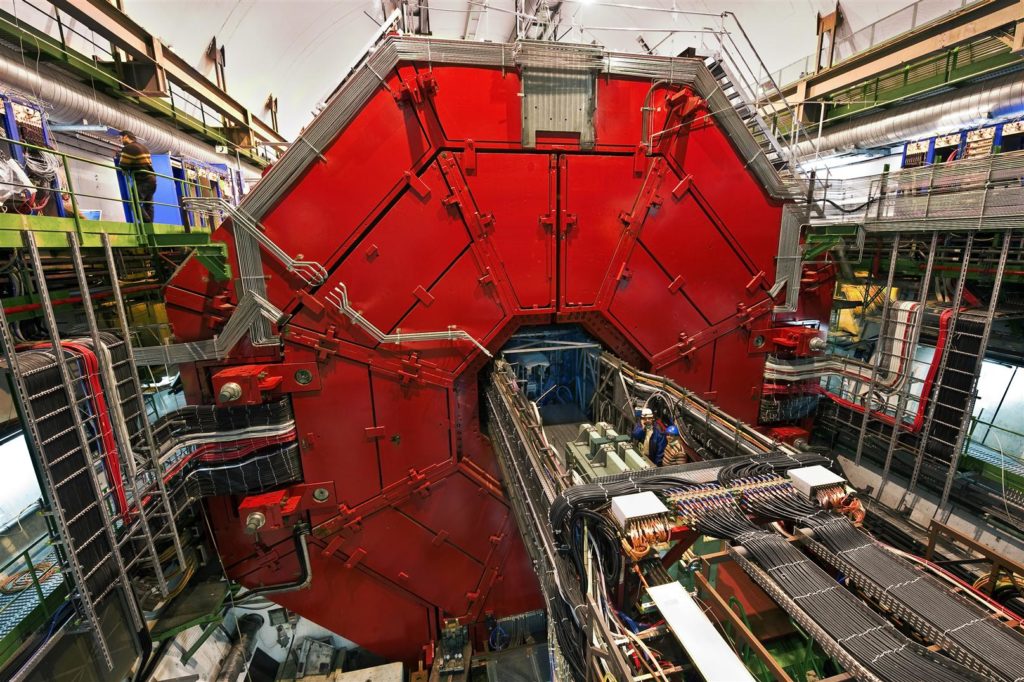
What are the different types of accelerators?
There are two main accelerator families: linear and circular. Within those, there are many designs. The three most common types of accelerators are linear accelerators, cyclotrons, and synchrotrons.
Linear accelerators
Linear accelerators (or linacs) are so named because of their shape. In a linac, particles are accelerated through a sequence of electric fields in a straight line, gaining energy the further they travel.
Like cars drag racing down a highway, they only go in one direction, accelerating all the while. The more fields they pass through, the more they accelerate, and the more fields, the longer the linac.
Before the advent of flatscreen TVs, many people had accelerators sitting in their living rooms. That’s because cathode ray tubes, the devices used to generate images on screen, are a kind of linac.
Today, the largest linac is the Stanford Linear Accelerator at SLAC National Accelerator Laboratory, which measures 2 mi (3.3 km) long. It can accelerate particles up to 50 gigaelectronvolts (GeV).
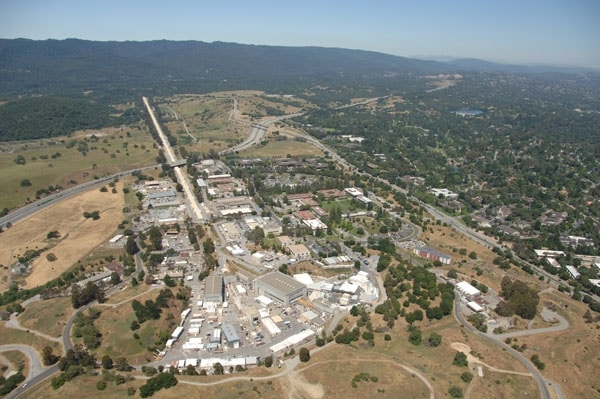
Circular accelerators
In the circular family of accelerators, there are two main types: cyclotrons and synchrotrons.
Cyclotrons
In a cyclotron, particle beams are steered through relatively weak electric fields many times, gaining energy while traveling outward in a spiral towards a target.
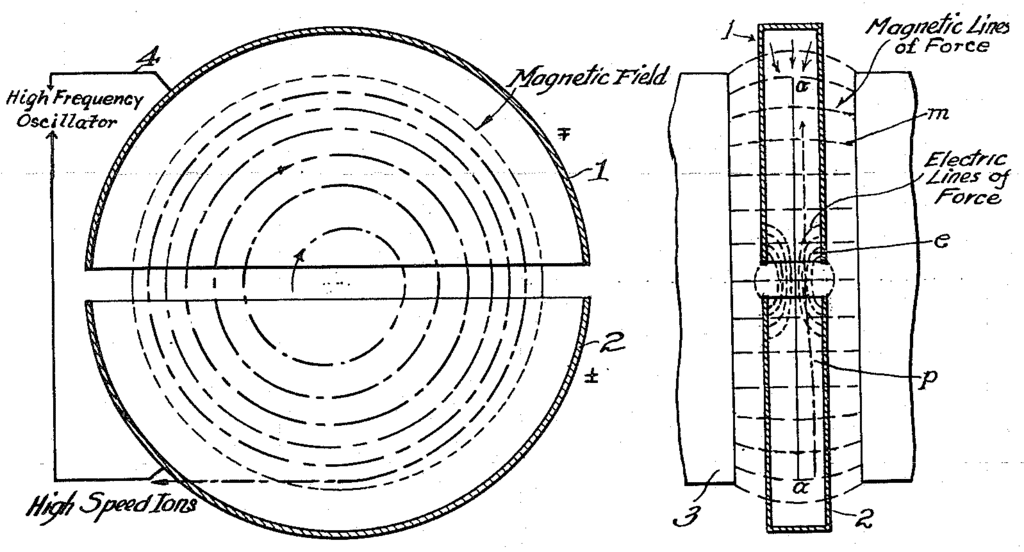
Invented around 1930, the first cyclotron was only 4.5 inches in diameter—small enough to hold in your hand. The largest ever built is 59 ft (18 m) in diameter. Called TRIUMF, it’s located in British Columbia, Canada.
In this kind of accelerator, charged particles are injected into a vacuum chamber between two hollow D-shaped metal electrodes, called dees, in the cyclotron’s center.
Electrodes provide an alternating radio-frequency voltage that switches between the two dees. Precise timing accelerates the particles and increases their path’s diameter, changing it into the spiral indicated in dashed lines above.
A large magnet provides a constant magnetic field which bends the particles’ path so they stay within the cyclotron and keep accelerating, gaining more energy in each revolution.
Synchrotrons
Synchrotrons are a type of circular accelerator that can reach very high energies. They do this by keeping the electric and magnetic fields synchronized with the particle beam as it gains energy. Hence, the name.
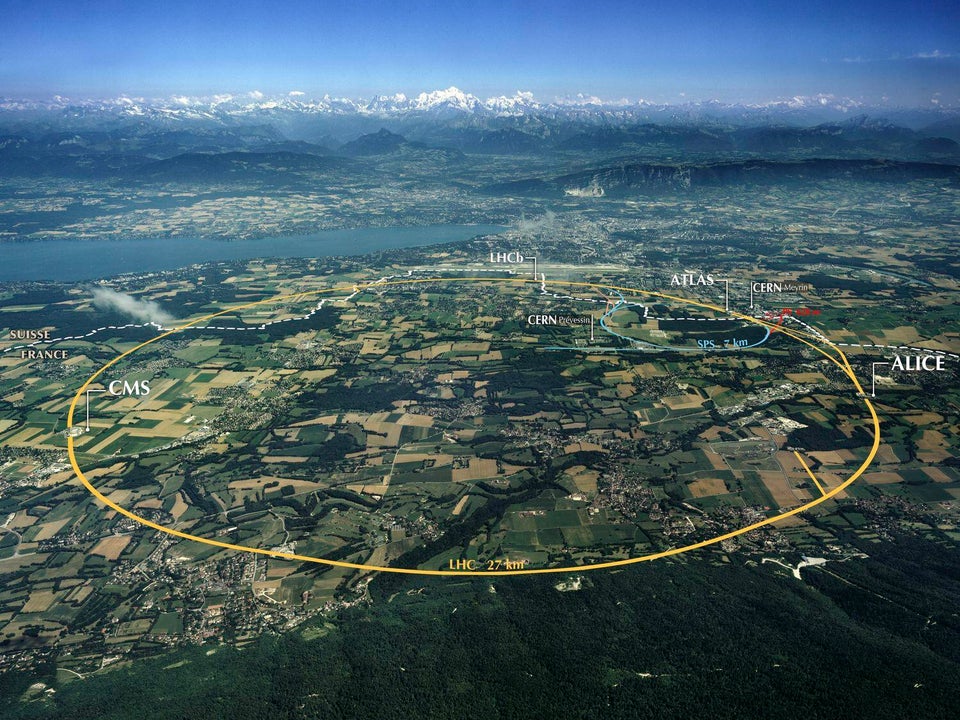
Unlike the spiral motion of a cyclotron, particles move around a circle inside a synchrotron. (Think NASCAR races on a circular track.) As the particles accelerate, the electromagnetic field in the ring increases to keep pace.
A synchrotron beam isn’t continuous. Instead, particles are clustered into “bunches.” Each bunch is shaped like a small, ultrathin noodle. The bunch could be a few centimeters long, but only a tenth of a millimeter wide.
These bunches contain something like 1012 particles, a density that still falls far short of the number of atoms that would be in an actual noodle of that size.
The Next Frontier: Higher Luminosity and Smaller Machines
From CERN’s massive and complex LHC, which holds the record for largest machine ever built, to comparatively run-of-the-mill linacs in hospital X-ray rooms, we’ve become very good at building particle accelerators.
So, where do we go from here? Have we reached the limit on what we can build or what accelerators can do? The answer is a resounding no.
There are many roads for advancing accelerator physics. Two with far-reaching potential are increasing beam luminosity and making accelerators very, very tiny.
Why luminosity matters
One indicator of accelerator performance is luminosity. It provides a metric for how many interactions you can see and how much data you can produce, which means more potential for discoveries of new physics.
That potential is the focus of the High Luminosity LHC (HL-LHC) project. According to CERN, the project “will allow physicists to study [known] mechanisms in greater detail, such as the Higgs boson, and observe rare new phenomena that might reveal themselves.”
Scheduled to start operation in 2027, it aims to increase luminosity by a factor of 10 over the original LHC’s design value. Experts estimate the upgrade will produce 15 million Higgs bosons annually. That’s up from the three million the LHC made in 2017. Increasing this number is important for scientists at CERN, as detectors can only clearly observe a small fraction of the Higgs bosons that are produced.
Making many more bosons could lead to observations that expand on the Standard Model of particle physics, changing our understanding of the most basic building blocks of matter.
Miniaturizing Accelerators
Researchers are also making accelerators smaller than ever. One example is the accelerator-on-a-chip—a nanoscale particle accelerator made by Stanford University researchers. Presently in the proof-of-concept stage, it demonstrates that accelerators can be made cheaper and smaller than behemoths like the LHC.
“The largest accelerators are like powerful telescopes. There are only a few in the world and scientists must come to places like SLAC to use them,” electrical engineer and team lead on this project Jelena Vuckovic said in a Sci Tech Daily article. “We want to miniaturize accelerator technology in a way that makes it a more accessible research tool.”
Along with that accessibility, making accelerators more compact has manifold possibilities in other applications. Today, X-ray machines take up whole rooms, perhaps with technology like this they could be made portable. Perhaps cancer therapies could be made cheaper with easier-to-manufacture equipment.
One thing is certain, from the largest to the smallest, the future of accelerators is one of vast possibility for both fundamental science and industry application.
Want to see how particle accelerators work?
Check out Sirepo and see a simulation on your browser.